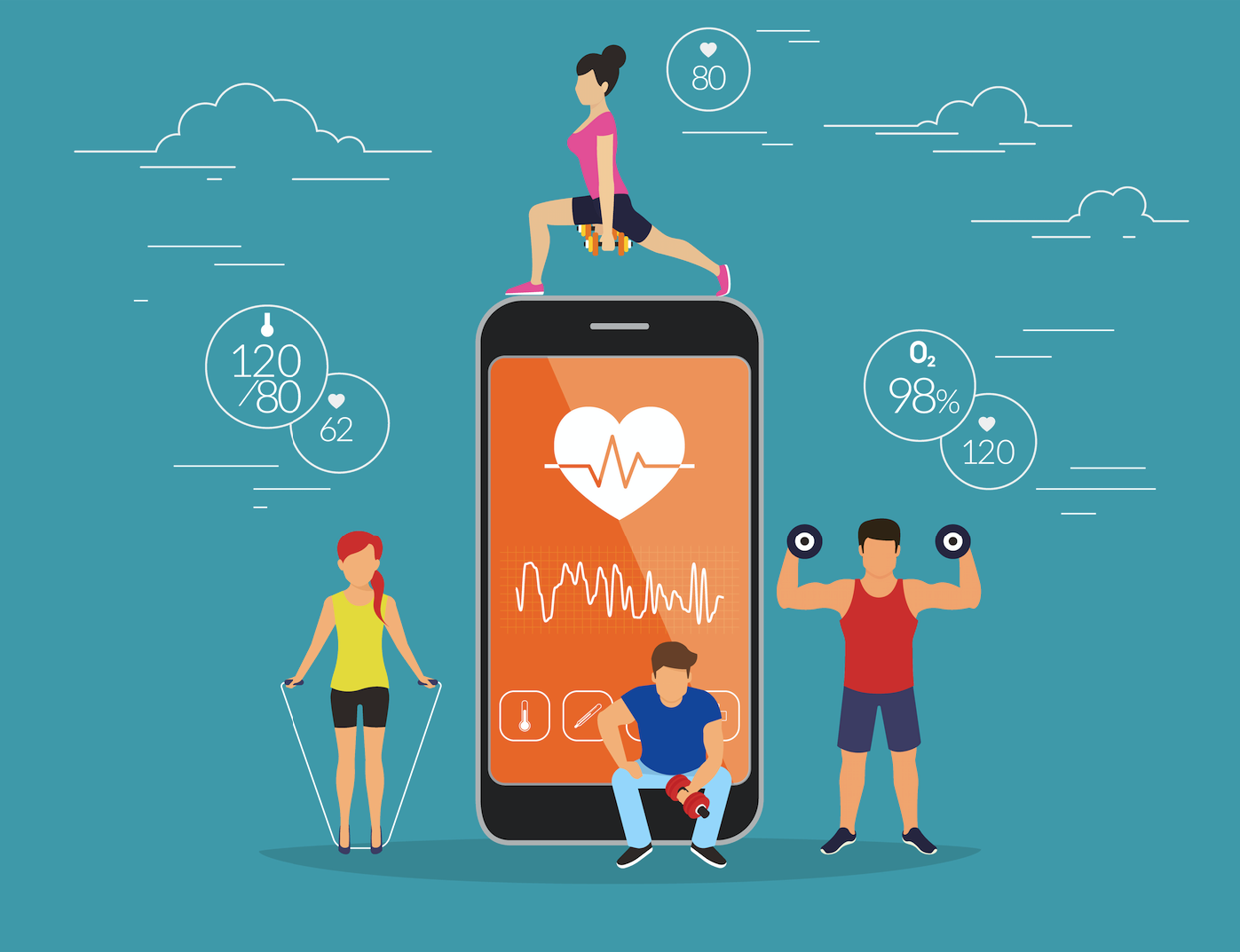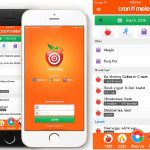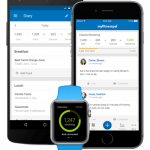Cronometer vs MyFitnessPal

Introduction
Thanks to technology, tracking your food intake has never been easier. There are several food trackers available today that help to measure people’s intake of macronutrients. Be it for muscle gain, hydration, controlling hunger, or weight loss; there’s something for everyone.
Cronometer and MyFitnessPal are currently two of the most widely-used food trackers. Counting your carbs, proteins, fats, and calories can be cumbersome if you lack the right equipment. These two apps provide an easy and convenient way of monitoring your macronutrient and calorie intake regularly. You’re able to benefit from knowing what exactly goes into your body and what to take in to reach your goals.
Cronometer Description
 Cronometer is an app that gets down to details when it comes to intake of macronutrients, minerals, fats, carbs, fiber, protein, vitamins, and other useful metrics. In default mode, you get to see the basics and other complex calculations such as caffeine levels. This can be further customized to include detailed breakdowns of each macronutrient.
Cronometer is an app that gets down to details when it comes to intake of macronutrients, minerals, fats, carbs, fiber, protein, vitamins, and other useful metrics. In default mode, you get to see the basics and other complex calculations such as caffeine levels. This can be further customized to include detailed breakdowns of each macronutrient.
For example, when tracking your protein intake, you can monitor how many of the 12 amino acids are present in your food. Interestingly, you get this from the basic version which costs $2.99 a month. If you’re a biohacker that would like to know how many electrolytes are in a particular drink, there’s a Gold version that provides premium content, ad-free interface, charts, and analyses for $5.99 a month.
Strong Sides
Has one of the most accurate, consistent, and precise food databases.
Capable of tracking macro and micronutrients.
Allows users to change goals by percentages or grams.
Offers a net carb tracker and ketogenic diet mode.
Free desktop version.
Weak Sides
Costly.
Does not support importation of recipes or ingredients.
Complicated for starters.
Doesn’t offer a weight gain/loss graph for monitoring progress.
MyFitnessPal Description
 MyFitnessPal is a free calorie tracker that prioritizes the ability to monitor weight progress and to share results with friends and family. It has one of the largest food databases which includes all types of food. Keying in data is easy as most of the information is already there.
MyFitnessPal is a free calorie tracker that prioritizes the ability to monitor weight progress and to share results with friends and family. It has one of the largest food databases which includes all types of food. Keying in data is easy as most of the information is already there.
Using its expansive database, MyFitnessPal is able to run through 5 million foods to automatically add the nutritional information required. Almost all types of ingredients are pre-loaded, minimizing the work of manually entering data. The free version offers a great option for those interested in just the basics. For recipes, meal plans, and ad-free premium content; there’s a premium version that goes for $9.99/mo. or $49.99/year.
Strong Sides
Offers social sharing.
Large food database.
Allows users to add recipes from their favorite recipe websites.
Provides weight gain/loss graphs for monitoring progress.
Allows users to track packaged food with barcodes.
Weak Sides
Data is sometimes inaccurate.
The free version doesn’t offer data on net carbs.
Only offers macronutrient percentages with no gram targets.
Has a lot of ads.
Overview and Conclusion
Both apps allow users to keep their carbs and calories in check. Unfortunately, MyFitnessPal tends to provide inaccurate data and doesn’t show net carbs. This gives Cronometer an edge, making it slightly better than MyFitnessPal. However, you should be prepared to spend an extra $2.99 to enjoy its features.
